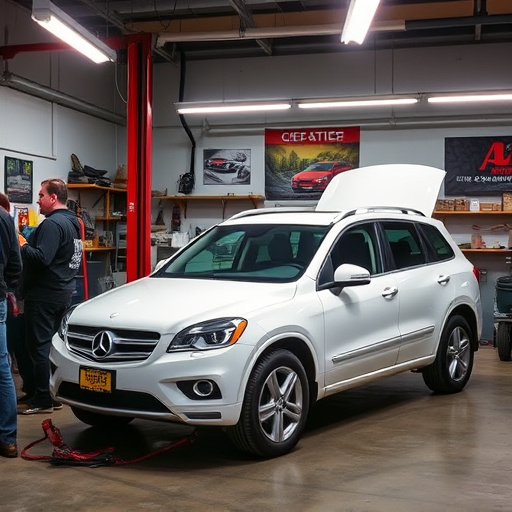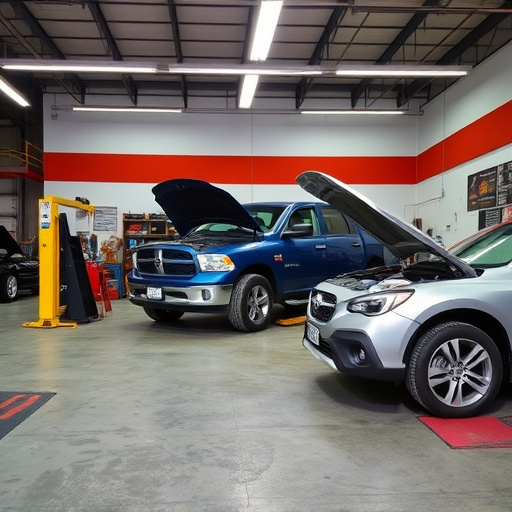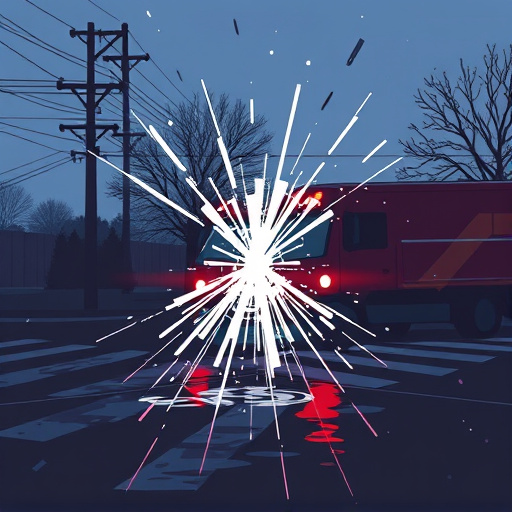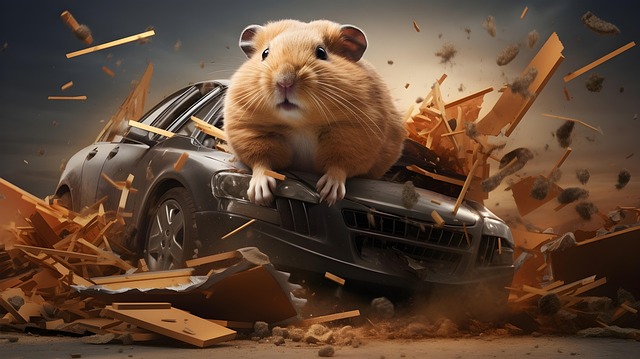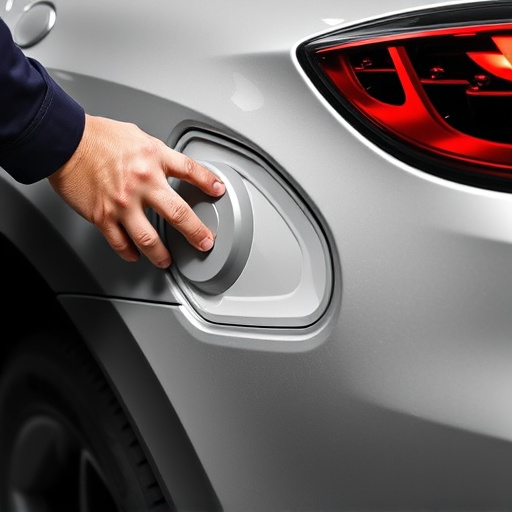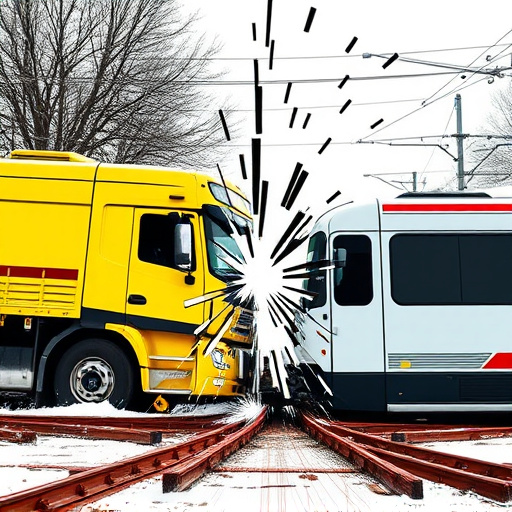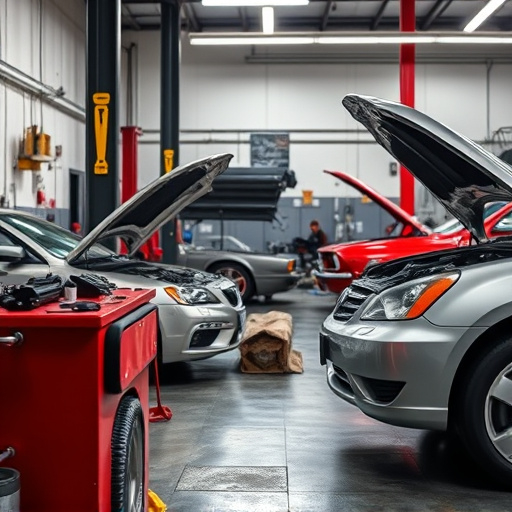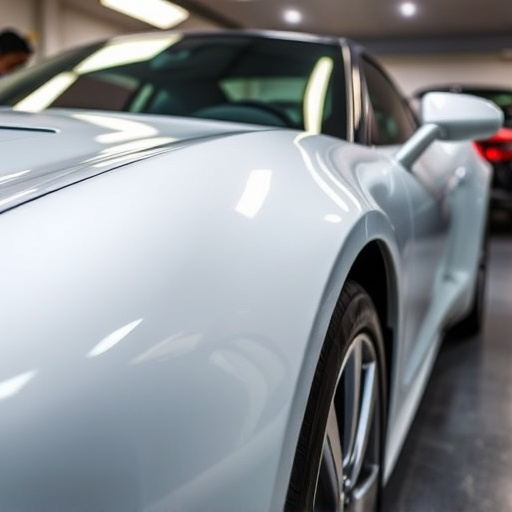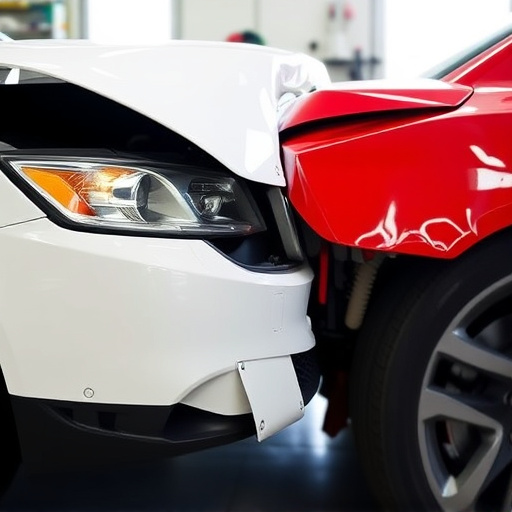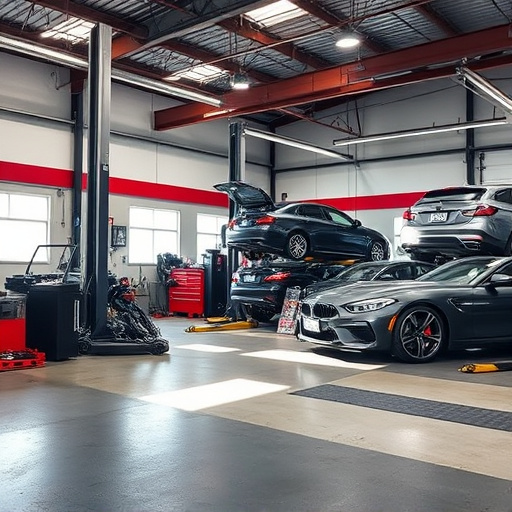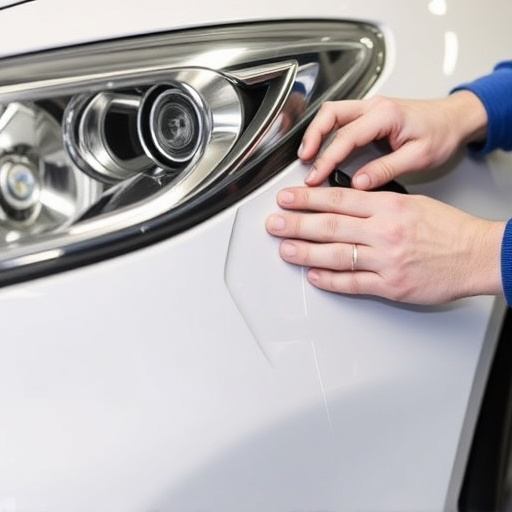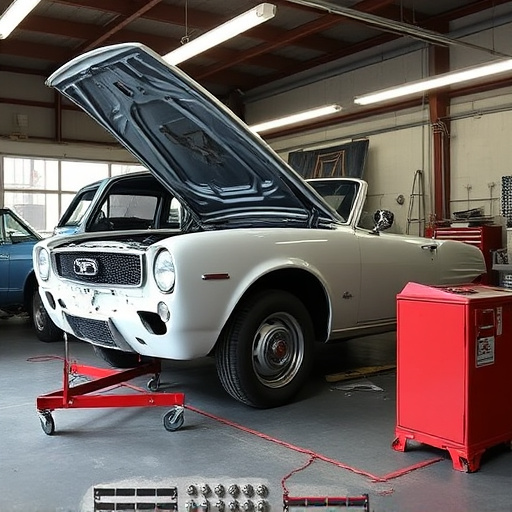Specialty paint application utilizes advanced techniques and tools for precise, high-quality finishes on vehicles, art, and historical restoration. Unique paint formulas enhance adhesion, flow, and resistance to elements, while methods like airbrushing, stenciling, dry brushing, and stippling create textured finishes, transforming surfaces into captivating artworks. In auto repair, these techniques enable creative designs and ensure safety and quality, turning vehicles into unique expressions of individual style.
“Unleash the transformative power of specialty paint with our comprehensive guide. From basic understanding to advanced techniques, we demystify the art of specialty paint application. Discover versatile methods like textured finishes, adding depth and dimension to any space. Explore intricate stenciling and other creative approaches that elevate your projects. Enhance your skills and unlock endless design possibilities with these common specialty paint application techniques.”
- Understanding Specialty Paint Basics
- Techniques for Creating Textured Finishes
- Advanced Methods: Stenciling and More
Understanding Specialty Paint Basics
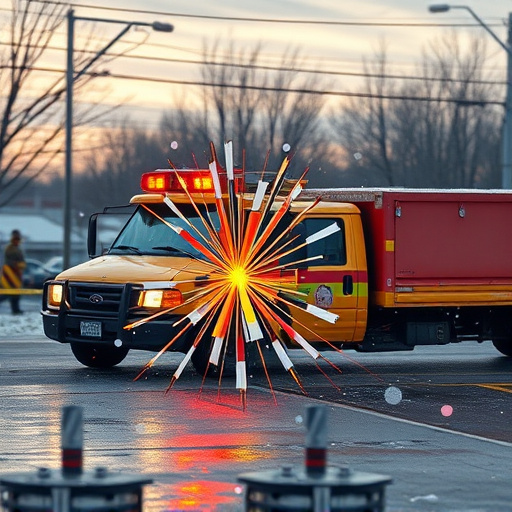
Specialty paint application goes beyond the standard techniques used for regular painting projects. It involves advanced methods and specialized tools to achieve precise, high-quality finishes tailored to specific needs—whether it’s for artistic expression, historical restoration, or enhancing vehicle aesthetics in a tire services or vehicle body shop. These techniques are crucial for achieving durability, consistency, and visual appeal.
Understanding the basics of specialty paint begins with recognizing that these paints are formulated differently from conventional varieties. They often contain unique additives to improve properties like adhesion, flow, and resistance to factors like UV exposure or rust (especially relevant in vehicle dent repair scenarios). The application process involves careful preparation of surfaces, precise tool selection, and meticulous techniques to ensure the final coat is flawless. This may include techniques such as airbrushing for delicate effects, spray painting for fast, even coverage, or hand-painting for intricate designs, ensuring each project receives the attention it deserves.
Techniques for Creating Textured Finishes
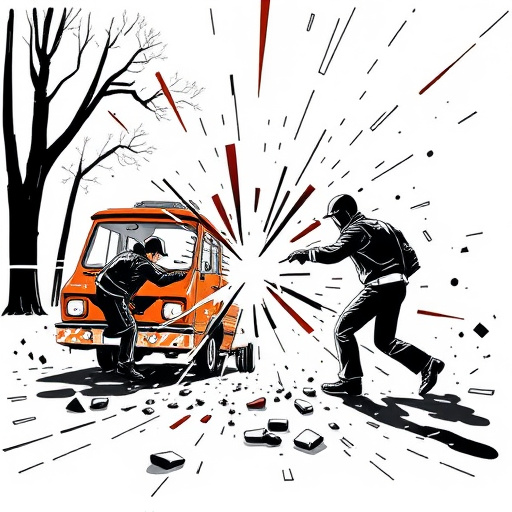
Creating textured finishes is a specialized skill within specialty paint application that transforms ordinary surfaces into visually captivating works of art. Techniques such as combing, stippling, and splattering allow for unique patterns and dimensions, adding depth and character to various substrates. In car restoration or Mercedes-Benz collision repair, achieving the right texture can be crucial for both aesthetics and functionality, ensuring that repaired vehicles not only look like new but also feel distinct with their tactile surfaces.
One popular method is dry brushing, where a stiff brush is used to apply paint in short strokes, creating a rough, uneven finish. Stenciling is another approach, employing templates to achieve repeated patterns or designs. For more intricate textures, techniques like stippling involve using tools with small, rounded tips to dot the surface, producing a subtle pebbled effect. These methods are not limited to just vehicle bodywork; they can be applied to walls, furniture, and even sculptures, showcasing the versatility of specialty paint application in enhancing different types of surfaces.
Advanced Methods: Stenciling and More
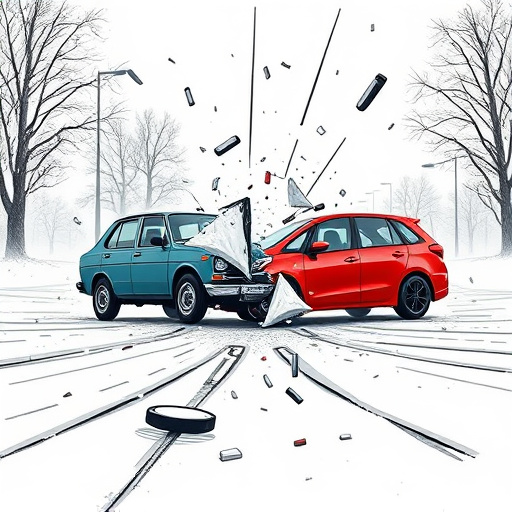
In the realm of specialty paint application, advanced techniques take car body restoration and auto repair services to new heights. Stenciling, for instance, involves carefully applying paint through precise templates, enabling intricate designs and detailed work, perfect for highlighting specific areas or adding artistic touches. This method is not just limited to walls; it’s increasingly used in tire services to create custom patterns and colors on vehicle tires, enhancing aesthetics without compromising safety.
Beyond stenciling, advanced techniques like airbrushing and hand painting offer even more creative possibilities. Airbrushing uses compressed air to spray paint evenly, allowing for smooth gradients and subtle effects. Hand painting, meanwhile, requires skill and precision but allows for intricate details and one-of-a-kind designs. These specialized approaches not only transform the appearance of vehicles but also cater to individual preferences, ensuring that every restoration or repair is a unique work of art.
Specialty paint application techniques offer endless creative possibilities for transforming any space. By understanding the basics, exploring textured finishes, and mastering advanced methods like stenciling, you can achieve unique and captivating results. These diverse approaches allow for personalized expression, ensuring your painting projects stand out and deliver a rich sensory experience. Incorporate these techniques into your repertoire to elevate your artistry and create truly remarkable visual effects.
